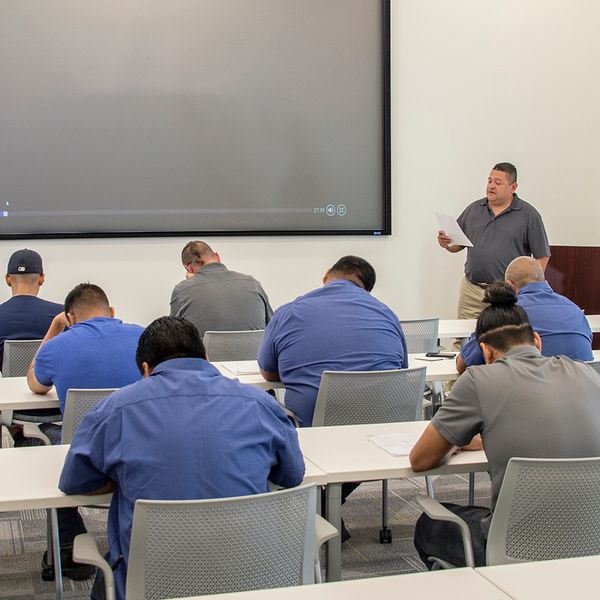New year, new employees: What training does OSHA require?
What general industry safety training do we need to provide to new hires? What are the mandatory topics that must be covered? Does this depend on what our workplace hazards are? If you’ve asked yourself any of these questions, read on.
OSHA’s regulations are broken down into general industry (29 CFR 1910), construction (29 CFR 1926), agriculture (29 CFR 1928), shipyards (29 CFR 1915), marine terminals (29 CFR 1917), and longshoring (29 CFR 1918). General industry is a large umbrella and essentially covers any employer who doesn’t fall under OSHA’s construction, agriculture, or maritime regulations. This could be anyone from retail to office settings to manufacturing to auto repair to healthcare.
Training requirements may vary
OSHA doesn’t have training requirements specific to new hires or a list of topics to cover. Rather, training depends upon the hazards employees are exposed to. While all employees must understand how to report an injury or illness and what to do in an emergency, such as a fire, tornado, or earthquake, other safety training varies by workplace. The hazards in an office setting (if any) will be different than those in a manufacturing or healthcare facility.
Our at-a-glance table of required general industry OSHA training breaks down who needs to be trained, when, what training records must be kept, and any trainer qualifications. While there are over 70 general industry regulations with training requirements, most of them likely won’t apply to your situation. A workplace walkthrough to observe job tasks and identify hazards can help you determine what training employees need. Are they operating forklifts? Handling chemicals? Working at heights? Repairing machinery or equipment?
Scope and definitions
Once you’ve determined training needs, a best practice is to review each applicable OSHA regulation for its employee training and information requirements. These may range from general statements such as, “Only trained persons shall operate ...” to detailed outlines of what topics the employer must cover during the training session.
Most regulations have a “scope” paragraph in the beginning that explains who the regulation applies to, as well as a “definitions” section. This can be helpful if you’re unsure whether a regulation applies to you. Bloodborne pathogens is one example. You might assume this applies only to healthcare employers; however, it applies to any employee with occupational exposure as defined in the regulation. That can include designated first aid responders in a warehouse or factory, among others.
When there’s a hazard such as heat, ergonomics, or workplace violence, but no applicable OSHA standard, employees still must be trained on the hazard and how to protect themselves.
Key to remember: OSHA doesn’t have training requirements specific to new hires or a list of topics to cover. Training depends upon the hazards employees are exposed to, and the requirements can be found in individual regulations.





















































